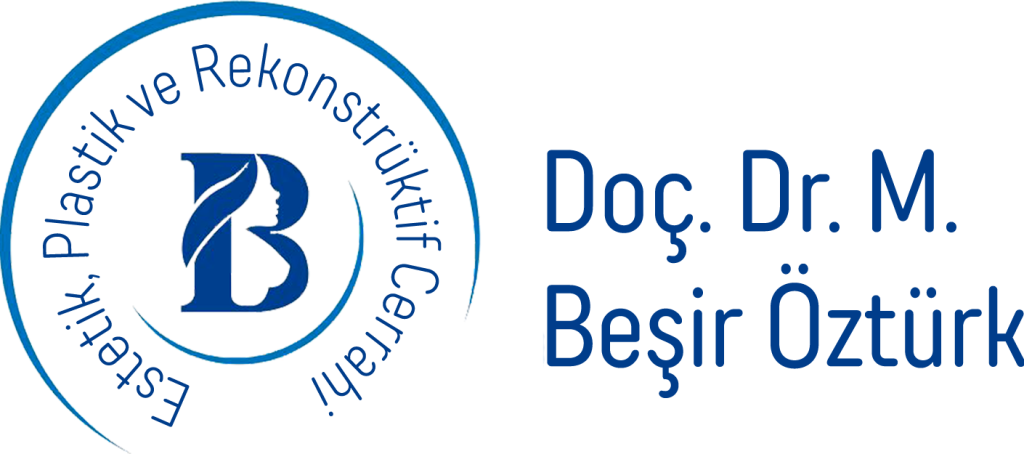
Abdominoplasty (Tummy Tuck) Surgeries
Although the exact cause is not known, gynecomastia in men originates from a disorder of the endocrine system. It is thought that conditions leading to an increase in the ratio of estrogens/androgens in the endocrine system are responsible for the development of gynecomastia. This situation causes the breast tissue in men to enlarge and swell. Although male breasts do not develop as in women, they are born with some breast tissue.
Treatment Summary
The information below is for general informational purposes.
Exact durations and processes are determined after personal evaluation.
Operation Duration
1 - 2 Hours
Hospital Stay
Same-Day Discharge
Anesthesia
General Anesthesia
Full Recovery
2 - 4 Weeks
Gynecomastia affects 70% of men to a certain degree during adolescence. However, in most cases, it is not noticeable and may resolve after the adolescent period. It is a condition that can occur at any age, but primarily during adolescence. Its development is generally associated with pubertal changes and can potentially become a source of psychological distress for men. However, in 75% of pubertal gynecomastia cases, improvement is observed two years after the start of treatment.
SURGICAL TREATMENT OF GYNECOMASTIA
The aim of gynecomastia aesthetic surgery is to correct the size and shape of the breasts in men who suffer from overly enlarged or feminized chest development. This operation generally involves a combination of liposuction (fat removal by vacuum) techniques and aesthetic surgical procedures. If a glandular tissue layer has not formed and the degree of correction is low, it can be resolved with fat removal alone. When treated by a skilled surgeon, gynecomastia can be safely treated or corrected. With this method, which is used by many men worldwide, patients leave satisfied with the results.
GYNECOMASTIA TECHNIQUES
The aim is to correct a person’s excessively enlarged breasts and the nipple or areola deformities caused by this swelling. Surgical options include liposuction, excision (surgical removal of tissue), or a combination of both approaches. Glandular breast tissue is denser than fatty tissue and is not suitable for liposuction. The choice of surgical technique and approach depends on many details, including the size of the breast enlargement, your biological condition, and your age.
WEBSTER TECHNIQUE
The aim is to correct a person’s excessively enlarged breasts and the nipple or areola deformities caused by this swelling. Surgical options include liposuction, excision (surgical removal of tissue), or a combination of both approaches. Glandular breast tissue is denser than fatty tissue and is not suitable for liposuction. The choice of surgical technique and approach depends on many details, including the size of the breast enlargement, your biological condition, and your age.
PULL-THROUGH TECHNIQUE
Minimally invasive, that is, incision-involving techniques have gained popularity among gynecomastia surgical procedures. In the technique called “Pull-Through,” a very small incision (approximately 5 mm) is made at the edge of the areola (the tissue around the nipple). After the liposuction procedure, the glandular tissue coming from the upper areola is pulled through the incision. The biggest advantage of this procedure is the small incision (surgical scar). However, this technique may not be suitable for every patient. The suitability of this technique will be determined by your surgeon.
ULTRASONIC LIPOSUCTION
This method has improved the results of gynecomastia correction. In liposuction-assisted breast reduction, the blood supply, nipple distortion, and the scissor layer are put at less risk. Additionally, postoperative complications are lower with this technique compared to open surgical resection; however, liposuction-assisted breast reduction is not effective for correcting glandular gynecomastia. Before surgery, the fatty and glandular components of your chest should be evaluated. A small number of patients can be adequately treated with liposuction alone.
Are You a Good Candidate for Gynecomastia?
Are you unhappy with the size or appearance of your chest?
Do you experience physical discomfort because of your chest?
Is your skin elasticity good? A successful gynecomastia surgery includes sufficient skin tension after excess skin is surgically removed. If you are 50 or older, have significant sun (burn) damage on your skin, have very tight scars, or have undergone gastric bypass surgery, your chest skin may lack the necessary elasticity for proper contraction.
Have you failed to reduce the size of your chest through diet and exercise?
If you are not very overweight: Although surgery can help correct this, the results may not be as good. Therefore, you should aim for an ideal body weight not exceeding approximately 40 kilograms above your average.
If you do not consume alcohol, drugs, or tobacco excessively: You do not excessively use marijuana, steroids, or alcoholic beverages (there is a theory that these substances can cause gynecomastia).

